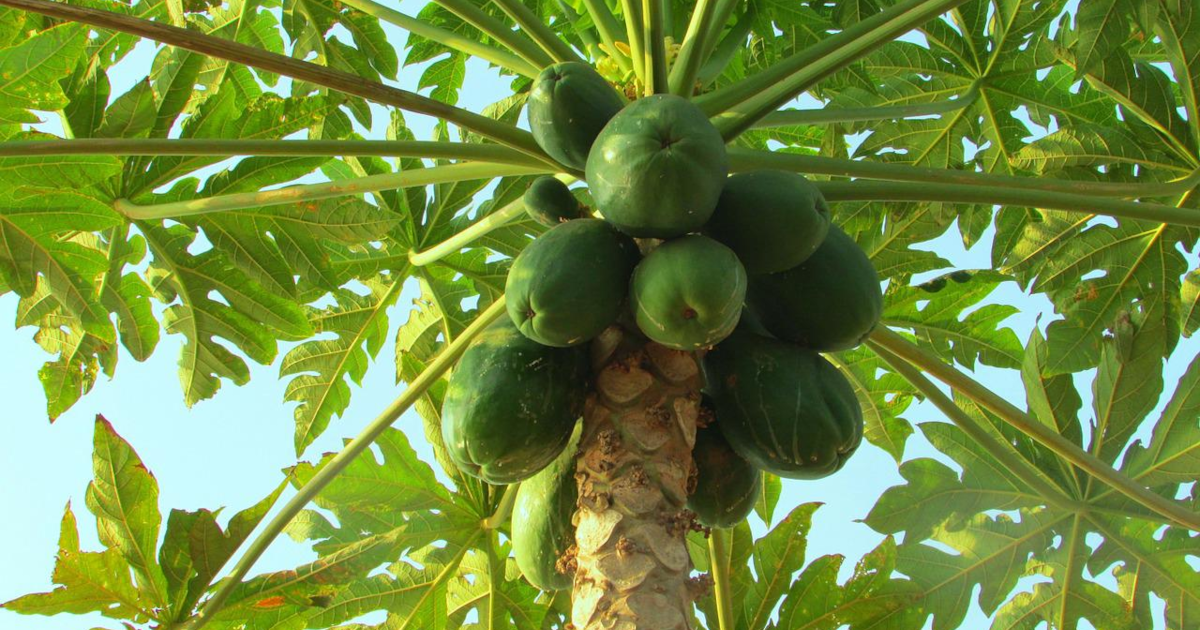
The Farmers Restoring Hawaii’s Ancient Food Forests That Once Fed an Island
Traditional Hawaiian farmers have to contend not only with historic drought, erratic rainfall and deadly natural pathogens but also the dominance of industrial agriculture and foreign capital in Hawaii. The state became the biotech GMO capital of the U.S. after agrochemical transnationals were welcomed to open research fields with fewer restrictions on potentially toxic pesticides.
April 1, 2023 | Source: The Guardian | by Nina Lakhani
Rain clouds cover the peaks of the west Maui mountains, one of the wettest places on the planet, which for centuries sustained biodiverse forests providing abundant food and medicines for Hawaiians who took only what they needed.
Those days of abundance and food sovereignty are long gone.
Rows of limp lemon trees struggle in windswept sandy slopes depleted by decades of sugarcane cultivation. Agricultural runoff choking the ocean reef and water shortages, linked to over-tourism and global heating, threaten the future viability of this paradise island.
Between 85% and 90% of the food eaten in Maui now comes from imports while diet-related diseases are soaring, and the state allocates less than 1% of its budget to agriculture.
Downslope from the rain-soaked summits, there is historic drought and degraded soil.
“We believe that land is the chief, the people its servants,” said Kaipo Kekona, 38, who with his wife Rachel Lehualani Kapu have transformed several acres of depleted farmland into a dense food forest on a mountain ridge.
